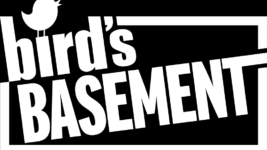ROAD TEST
18 May 2023
MAGEWELL Ultra Encode AIO
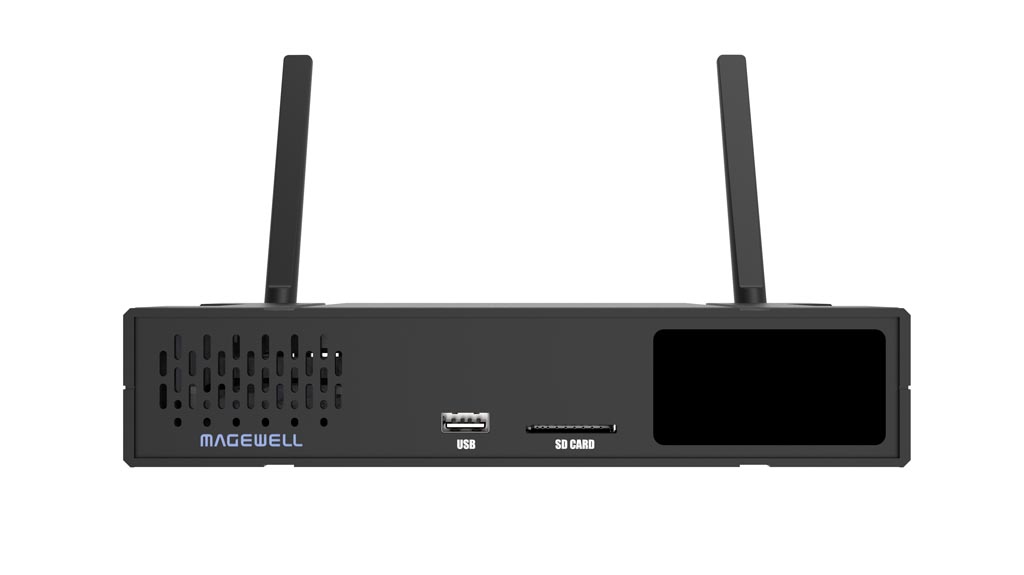
Subscribe to CX E-News
Aaron Rebbeck started in the AV industry in 1999 pushing roadcases, and was soon a full time Technical Director at Encore Event Technologies (then Staging Connections). After seven years, Aaron went freelance and then founded PlatformAV, a Melbourne-based boutique AV company that specialises in broadcast AV. PlatformAV’s work typically covers conferences, high end streaming, and satellite and conferencing links, providing all technical design, staffing, and operation, as well as set design.
PlatformAV have owned Magewell products for the last four years, predominantly the predecessor models to the Magewell Ultra Encode AIO. This new product represents the latest version of their firmware, with hardware and functionality upgrades. We’ve already run some very large jobs with a lot of Ultra Encode AIOs, as well as subhiring out dozens of them at a time to other companies.
Use Case
Our typical use case for the Ultra Encode AIO is inputting SDI or HDMI, depending on resolution, from our cameras, with a second input as a back-up. We then send signal out via RTMP to YouTube or Vimeo, or via SRT if we’re sending between two boxes. We have a studio back at our office with hardware receivers that receive SRT and then output SDI to a hardware vision mixer, or sometimes we send SRT to VMix running in the cloud.
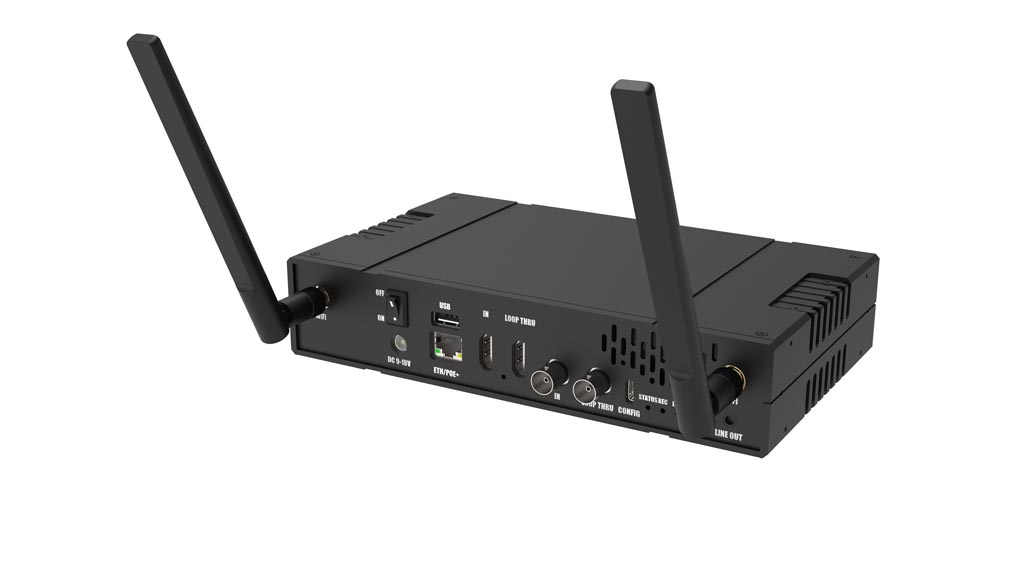
A new feature in this generation that we’re intrigued by is the Ultra Encode AIO’s ability to send multiple sessions out via multiple protocols. We haven’t done that in the past, as previous hardware would only send the second stream out at lower quality than the main stream. But on this unit, both the main stream and sub stream can run at the same rate, up to the bandwidth limit of 32Mbps.
Multichannel Audio
This is the first encoder/decoder we’ve had that can handle 8 channels of audio via HDMI and 16 via SDI. This is incredibly useful, as the vast majority of encoder/decoders don’t support multichannel audio. This means that over SRT links we can, for example, send separate microphone audio channels for a two-person shoot, with separate ambience and playback channels, plus a mix. This requirement has come up a lot of times.
Web GUI and Monitoring
Everything you need to do with the Ultra Encode AIO is accessible via its web interface.
Magewell’s web interfaces are excellent and are the number one reason we chose Magewell over their competitors. The GUI updates instantly, and whatever you see in the interface is what’s going on with the signals and the box. This sounds like a normal feature that any encoder/decoder should have, but sadly, it isn’t.
There is a lot of information in the Ultra Encode AIO’s web interface, which is essential because on larger events with lots of links, you’re relying on data about the network, as opposed to an image you’re seeing on a monitor. The data doesn’t lie; when you’re looking at the GUI, you’re seeing Ethernet data rates, and seeing what is being sent out. If you’re using variable bit rate, you can see the bandwidth output going up and down. If you’re sending constant bit rate, the output is a constant, solid number. You can see CPU rates, resolution, and frame rate; everything you need to be confident about which signals are coming in and which are going out.
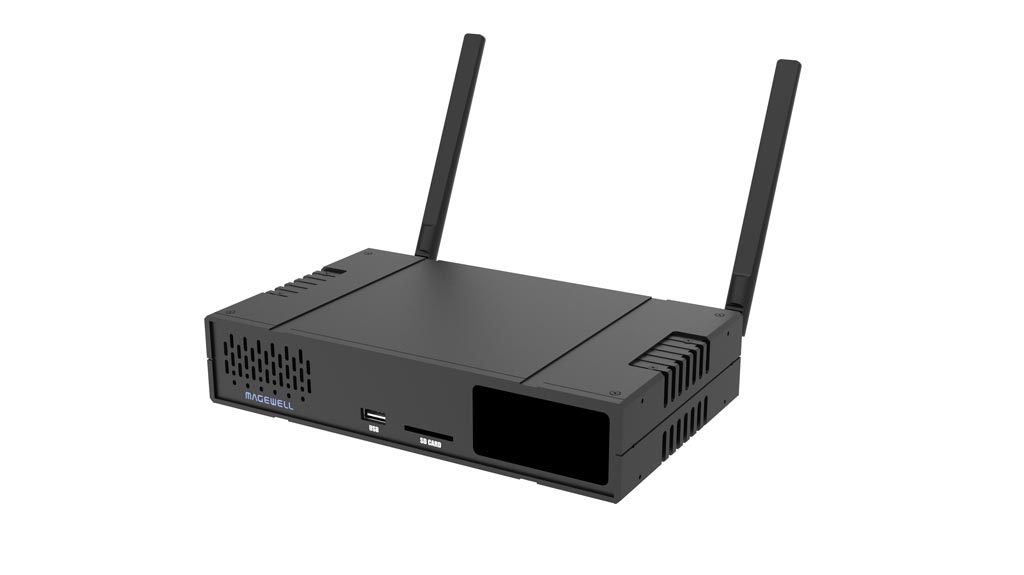
Front Panel
The small confidence monitor on the front of the unit is amazing. It displays the device’s IP address, which seems like a small thing, but if you don’t know the IP address of a piece of equipment, you usually have to go through some sort of process to find it. There are also audio VU meters on the front; unreferenced, but VU meters nonetheless. When you’re working on a gig with multiple Ultra Encode AIOs, you can’t monitor everything at once, so it’s great to be able to look at them all in a rack and see green flashing lights and images on all of the monitors.
I like the fact that the front touch panel gives you the information that you need while avoiding giving you any type of control that could muck up the settings in the middle of a gig. In some discussions with Magewell, their engineers have mentioned that they might add more control features to the touch panel, but I like the simplicity as it is. We specifically asked them to enable a feature where you can turn all physical controls off. When you’re streaming a gig, you don’t want anyone to turn the unit off by hitting a power button accidently. I don’t think any devices like these should be easy to turn off – make it problematic!
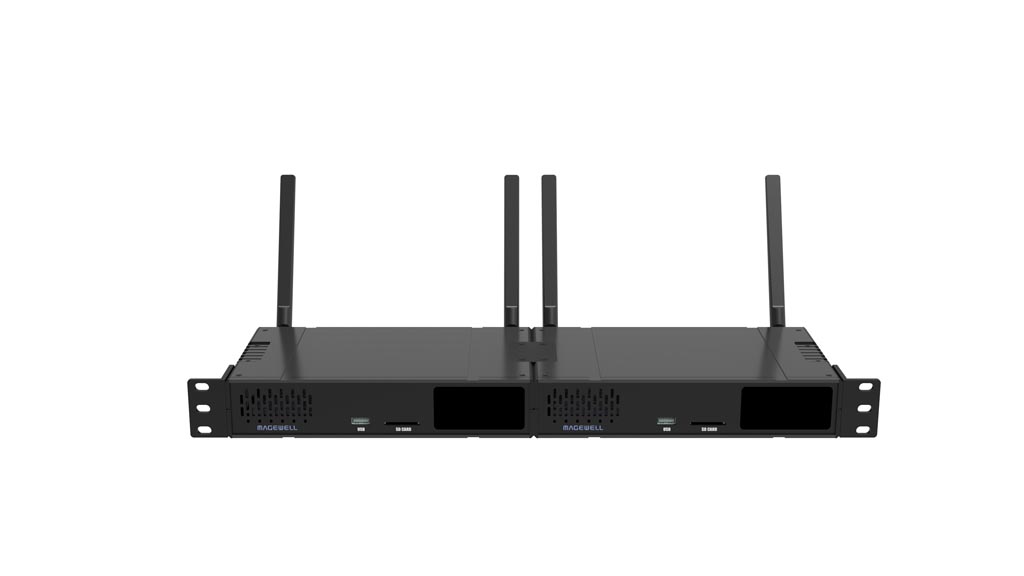
Rack Mounting
The rack mount solution provided with each Ultra Encode AIO is excellent. We’ve been waiting for a rack mountable box with a high channel count and unit density. They ship with everything you need to rack mount; each Ultra Encode AIO is a half RU wide, and you get all the hardware you need to mount them singly or side-by-side. A rack mounted unit with a screen on the front is what we’ve needed for a long time.
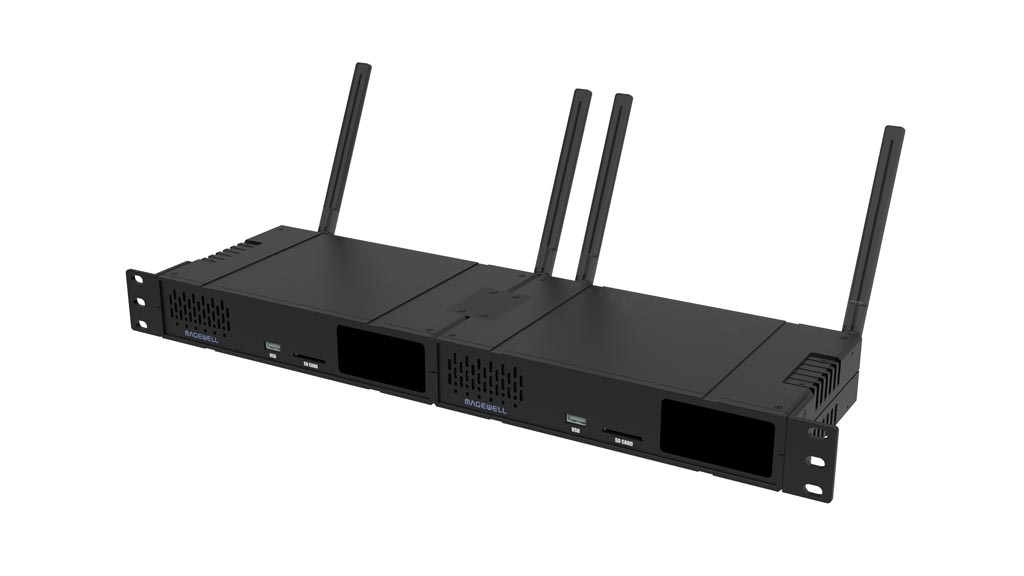
Service and Support
The service and support from Australian and New Zealand distributor Corsair Solutions has been fantastic, and it’s great to connect with the engineers at Magewell through them. Magewell have even created custom firmware for us really quickly when we were trying to do something a bit left-of-field. Magewell are great at upgrading firmware to support third party technologies, which is really important when connecting different devices over the internet. Explaining that to some developers and manufacturers can be difficult, but Magewell’s tech support is excellent.
Product Info: www.magewell.com/ultra-encode-aio
Distributor Australia and New Zealand: www.corsairsolutions.com.au
THE SPECS
Input Features
- HDMI max input signal: 4096×2160 60fps 4:2:0; 4096×2160 30fps 4:4:4/4:2:2
- SDI max input signal: 2048×1080 60fps 4:2:2
- Input 16 Channel SDI embedded audio
- Input 8 Channel 24-bit HDMI embedded audio
- Input Audio from 3.5mm Line In
Encoding Features
- Dual stream encoding profiles: main stream and sub stream (Max bitrate: 32Mbps)
- Support for H.264/HEVC video encoding Encoding 8 channel AAC
Streaming Features
- Natively supports streaming to Facebook, Twitch, and YouTube
- Supported streaming protocols: RTSP/ RTMP/RTMPS/SRT Caller/SRT Listener/ NDI®|HX2/NDI®|HX3/HLS/TS over UDP/ TS over RTP/TVU ISSP
- Allow simultaneous 6 sessions over multiple streaming protocols
- Support for streaming schedule for each destination
Recording Features
- Record to an SD card or external USB storage, MP4 or MOV format supported
- Support for loop recording when recording to SD card
- Share recorded files with NFS/CIFS/SMB Support for recording schedule
Other
- LCD monitor for system status and input signal
- Internet connectivity via wired Ethernet and wireless network
- Remote control via Web GUI and Magewell Cloud
- Provide HTTP APIs
Subscribe
Published monthly since 1991, our famous AV industry magazine is free for download or pay for print. Subscribers also receive CX News, our free weekly email with the latest industry news and jobs.






